The tree that keeps on giving
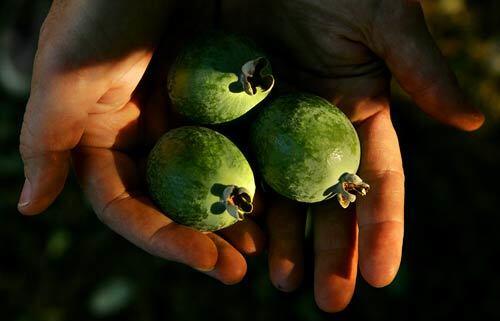
Theres only about two spoonfuls of edible fruit in the small, egg-shaped feijoa, also called pineapple guava. Its tangy flavor combines, not surprisingly, pineapple and guava, and also strawberry and lemon. At this time of the year, the ripe fruit drops to the ground. (Genaro Molina / Los Angeles Times)
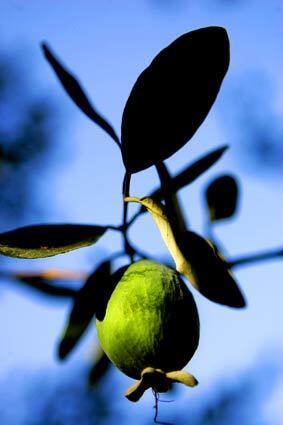
The feijoa is hardy, drought tolerant and grows in all types of soil in Southern California. Although some people grow it for the fruit, many garden designers and landscape architects use it in pots, as hedges and for espaliered screens. (Genaro Molina / Los Angeles Times)
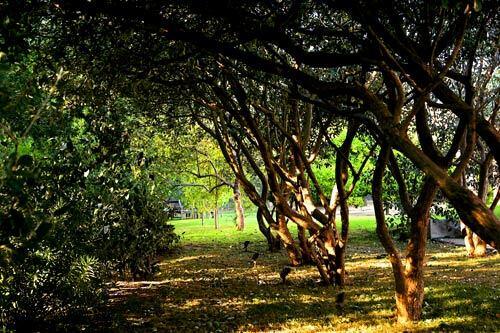
Garden designer Tina Beebe finds the feijoa pretty and has planted 12 of them, in two rows, to form a charming allée. The tree has a lovely branch structure, and the height is nice. Its just right to walk under, says Beebe. (Genaro Molina / Los Angeles Times)
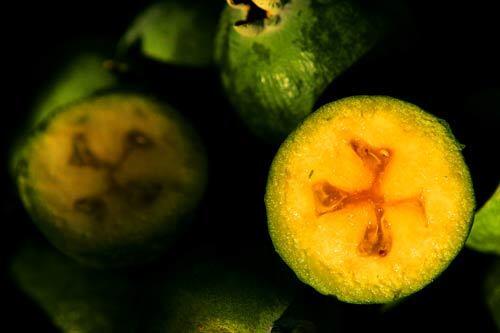
A cross-section view of the feijoa. The pulp has a creamy yet somewhat gritty consistency. Garden designer Tina Beebe makes agua fresca, blending the pulp with water, lemon juice and sugar. (Genaro Molina / Los Angeles Times)
Advertisement
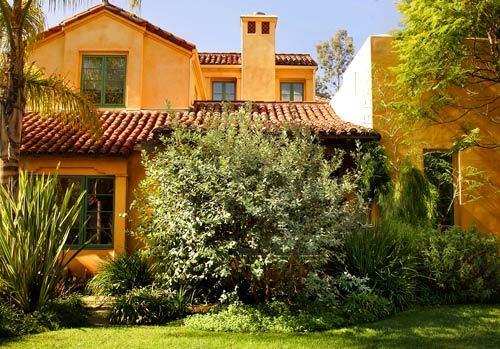
The feijoa, which grows wild in the mountains of southern Brazil, northern Argentina, Paraguay and Uruguay, takes center stage in this Santa Monica yard. Its fuzzy, gray-green leaves add texture and contrast to the garden palette. (Annie Wells / Los Angeles Times)
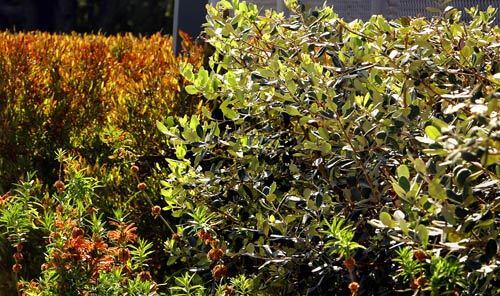
The versatility and reliability of the feijoa make the plant good hedge material. This rather dense hedge is in Douglas Park in Santa Monica. (Annie Wells / Los Angeles Times)







